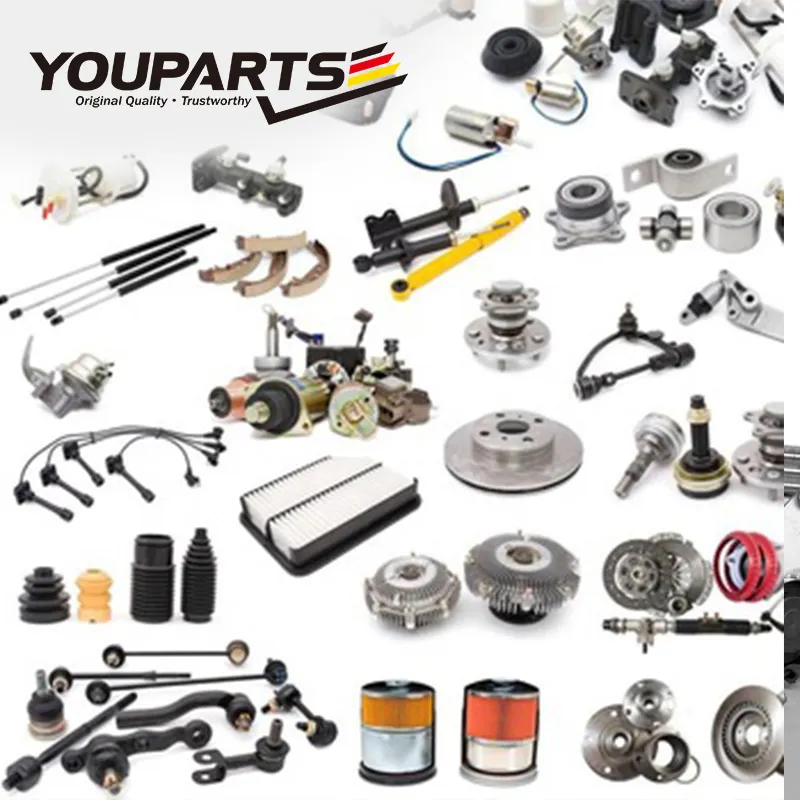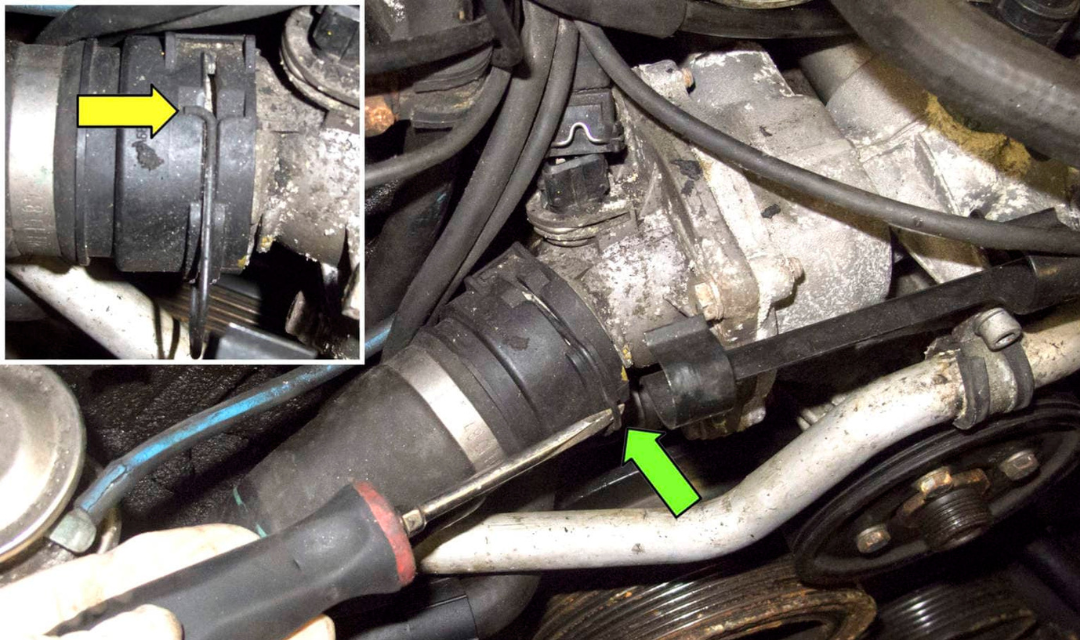How to Fix an Exhaust Manifold Leak:
An exhaust manifold leak can cause a range of issues for your vehicle, including decreased fuel efficiency, increased emissions, and a decrease in engine performance. The good news is that fixing an exhaust manifold leak is a relatively straightforward process that can be done in a matter of hours. In this article, we’ll take you through the steps you need to take to diagnose and fix an exhaust manifold leak.
Identifying an Exhaust Manifold Leak
The first step in fixing an exhaust manifold leak is to identify whether your vehicle has one. A leak in the exhaust manifold can often be identified by a loud, hissing or ticking sound coming from the engine area. Additionally, you may also notice a decrease in fuel efficiency, increased emissions, or a decrease in engine performance.
Tools and Supplies Needed to Fix an Exhaust Manifold Leak
Before you get started, it’s important to have the right tools and supplies on hand. Some of the tools and supplies you’ll need include:
- A socket set
- A torque wrench
- A gasket scraper
- High-temperature gasket maker
- A clean rag
- Engine degreaser
Removing the Exhaust Manifold
To remove the exhaust manifold, you’ll need to start by disconnecting the exhaust pipe from the manifold. This is usually done by using a socket set to remove the nuts or bolts that hold the two pieces together. Once the exhaust pipe is disconnected, you can then proceed to remove the manifold itself. This is typically done by removing the bolts that hold the manifold to the engine block.
Cleaning and Inspecting the Exhaust Manifold
Once the exhaust manifold is removed, it’s important to thoroughly clean it to ensure that all debris and old gasket material is removed. This will allow you to inspect the manifold for any cracks or damage that may need to be repaired. If there are any cracks or damage to the manifold, it will need to be replaced.
Replacing the Exhaust Manifold Gasket
The next step in fixing an exhaust manifold leak is to replace the gasket. This can be done by using a gasket scraper to remove any old gasket material and then applying a high-temperature gasket maker to the surface of the manifold.
Reinstalling the Exhaust Manifold
Once the gasket has been replaced, the exhaust manifold can be reinstalled. This is done by reattaching the manifold to the engine block using the bolts that were previously removed. It’s important to tighten the bolts to the manufacturer’s specified torque specifications using a torque wrench.
Testing for Leaks
Once the exhaust manifold has been reinstalled, it’s important to test for leaks. This can be done by starting the engine and listening for any hissing or ticking sounds. Additionally, you can also inspect the area around the manifold for any signs of leaking, such as a buildup of soot or discoloration.
Fixing an exhaust manifold leak is a relatively straightforward process that can be done in a matter of hours. By following the steps outlined in this article, you can diagnose and fix an exhaust manifold leak quickly and effectively. If you’re unsure about your ability to complete the repair yourself, it’s always best to seek the help of a professional mechanic.


